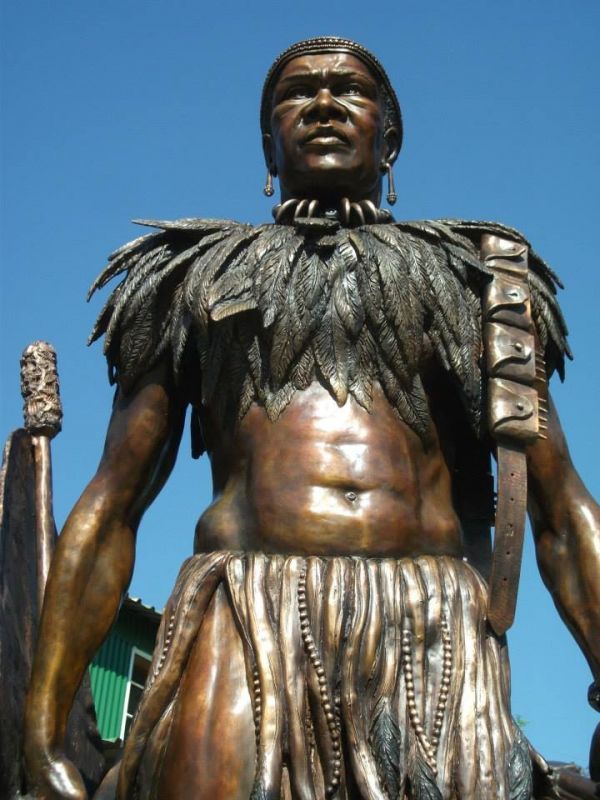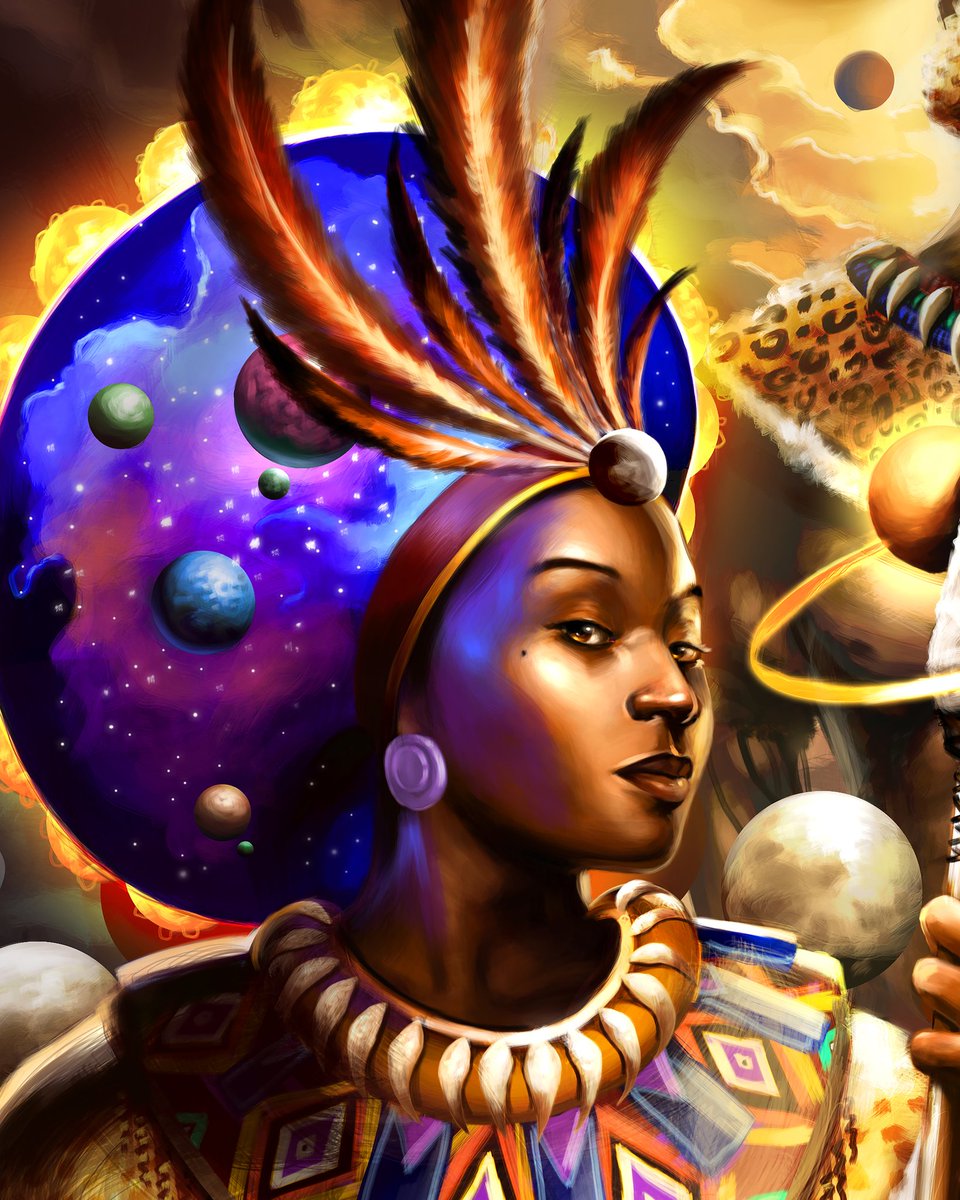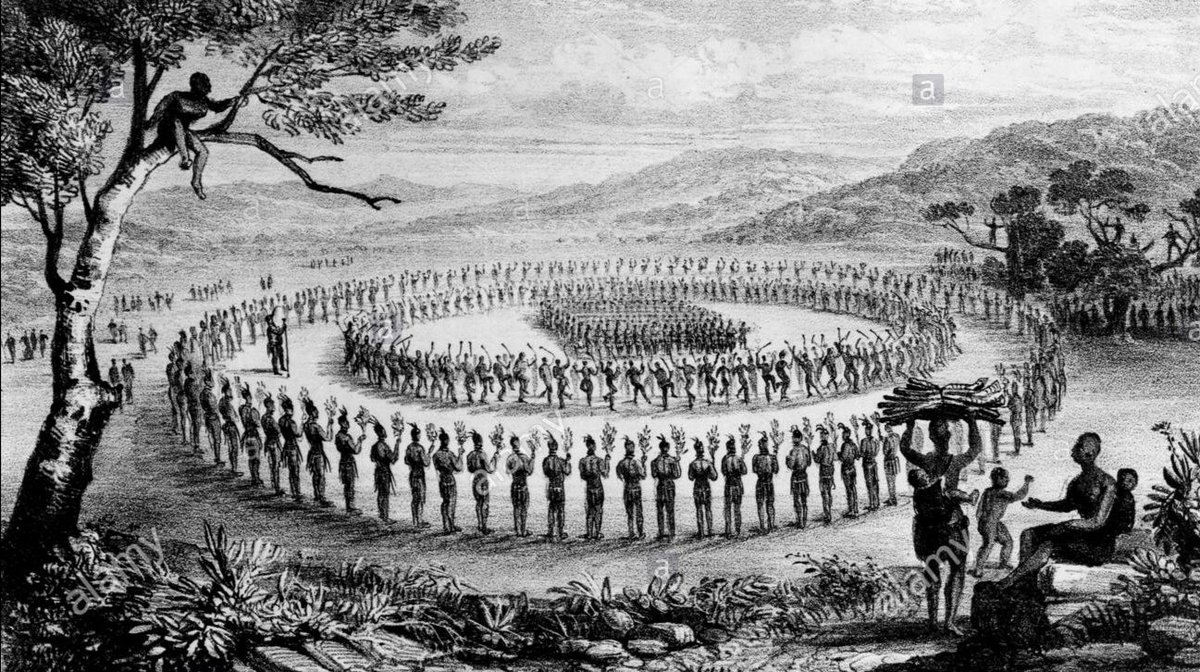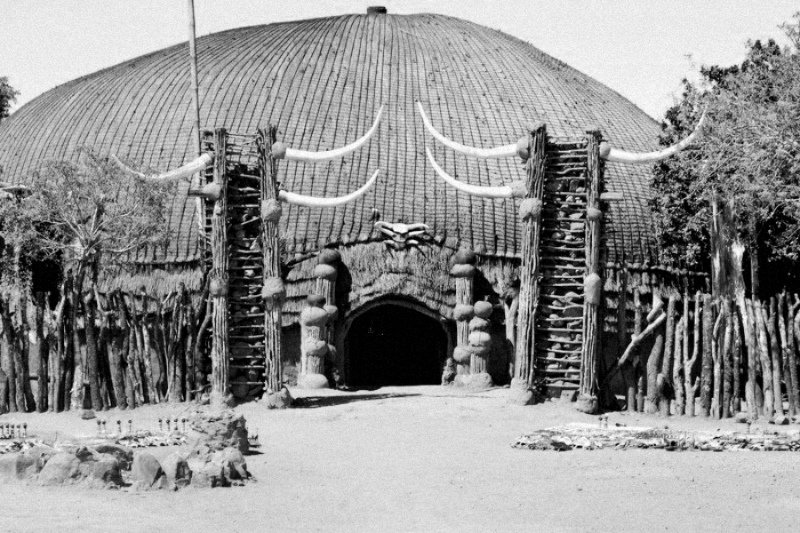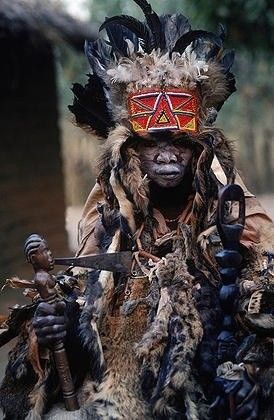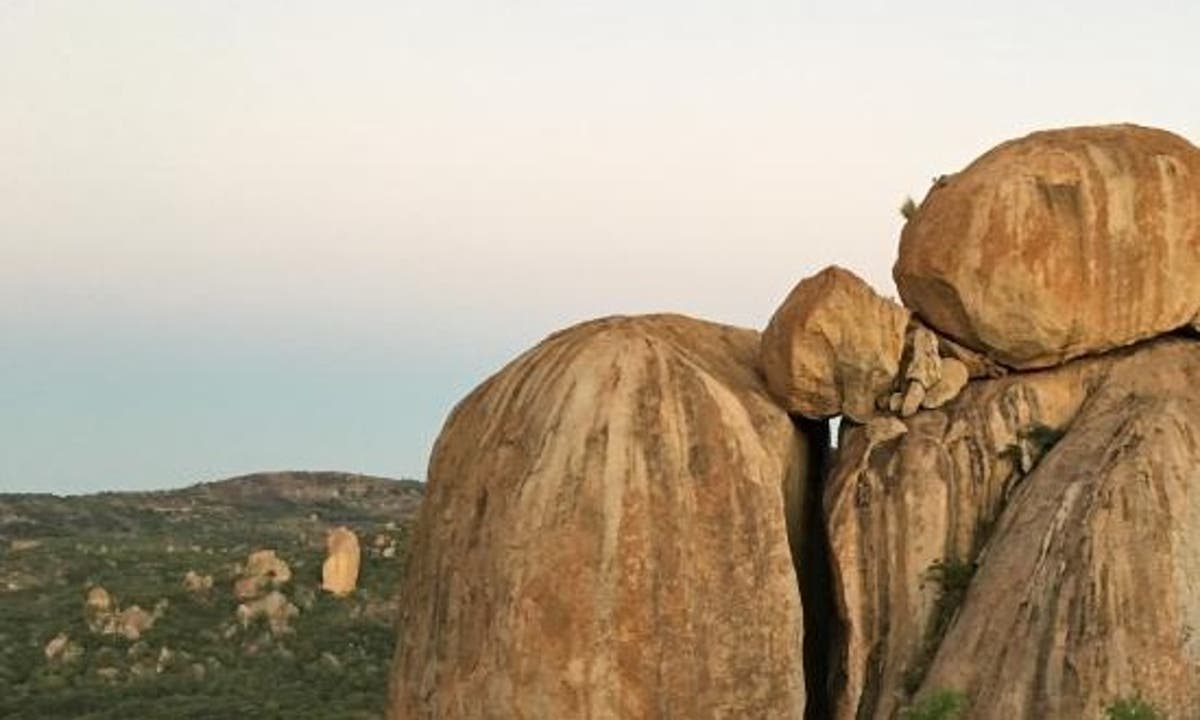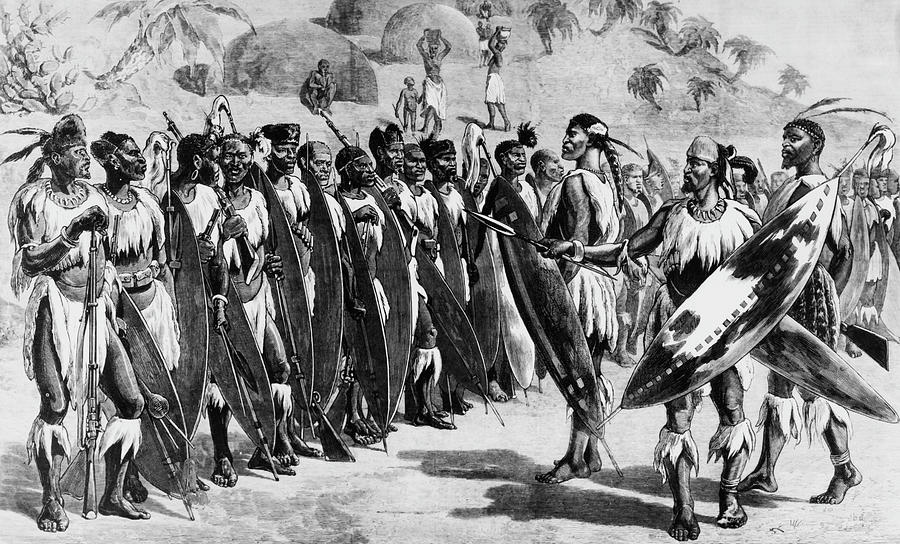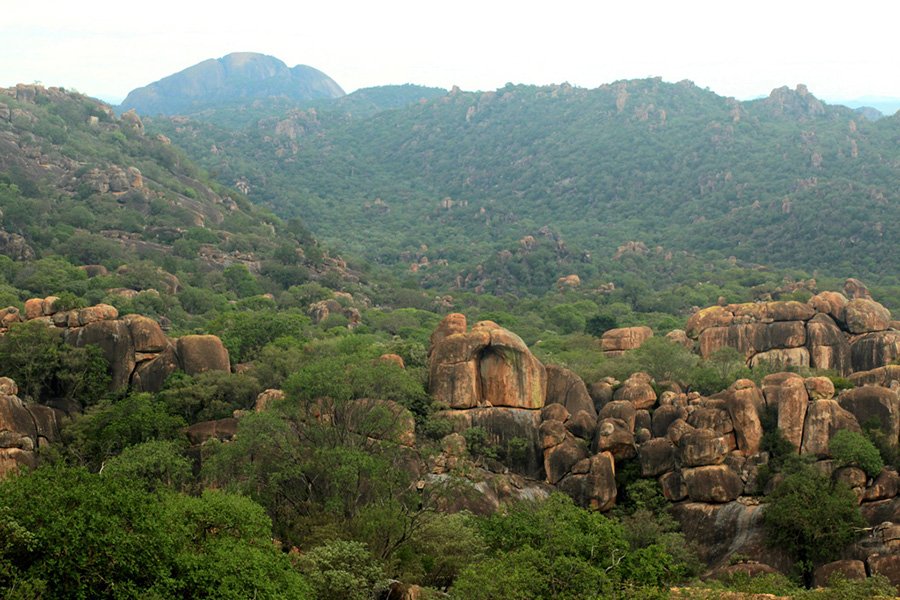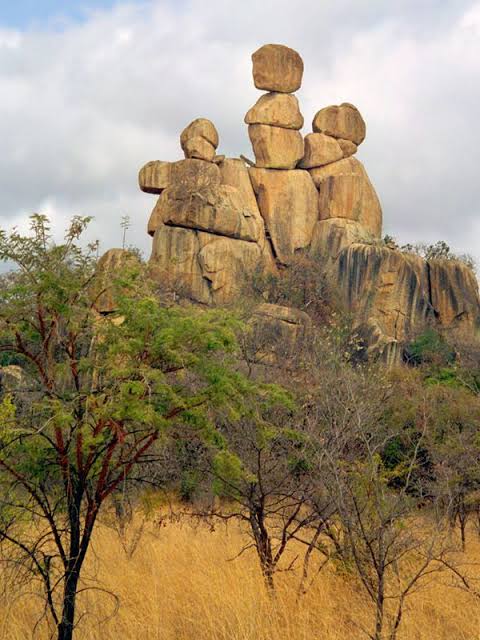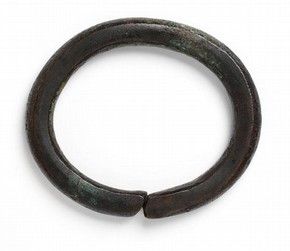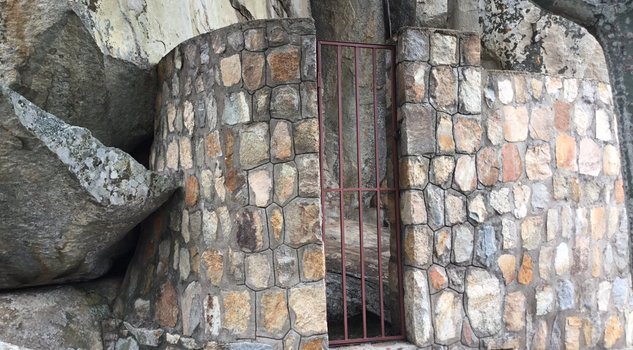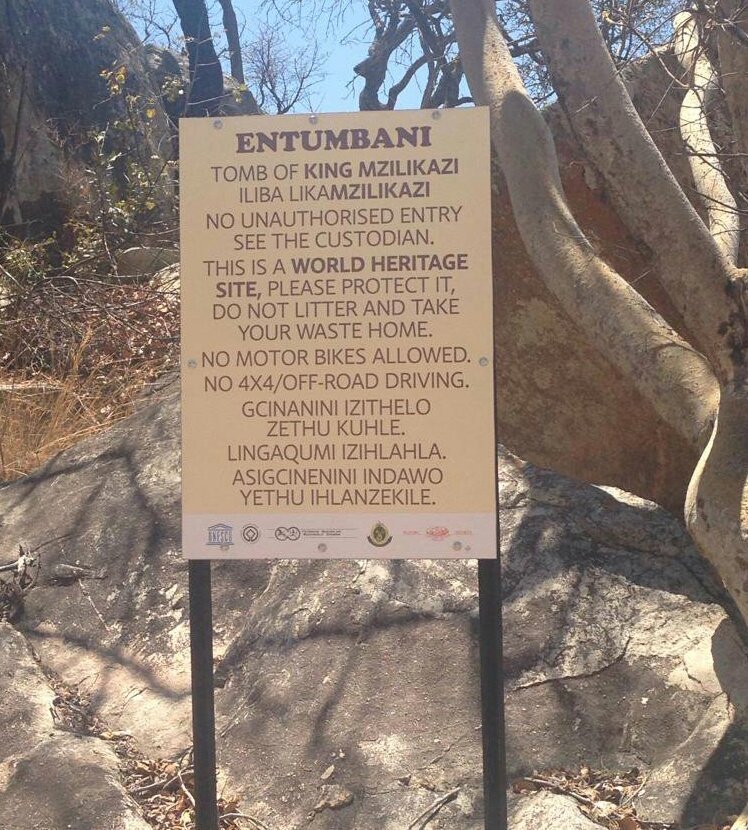1. THE DEATH & BURIAL OF KING MZILIKAZI
A thread....
Mzilikazi reigned until his death in September 1868. At the time of his death he was estimated to be in his late 70s/early 80s. His death followed that of his senior & closest wife Queen Loziba Thebe.
A thread....
Mzilikazi reigned until his death in September 1868. At the time of his death he was estimated to be in his late 70s/early 80s. His death followed that of his senior & closest wife Queen Loziba Thebe.
2. After the death of Queen Loziba King Mzilikazi is said to have been deeply devastated. He moved his capital eMhlangeni in Inyathi and established a new capital called eMhlahlandlela close to the Matobo hills.
3. His health deteriorated and his legs were swollen most of the time. White missionaries tried to assist him with their medications but he was not healed completely. When his condition further deteriorated he requested to move to his Ingama kraal where he later died.
4. In his last days he lived in isolation though his twelve queens & izinyanga were on standby to tend for him. When he died, his death was kept a secret. A few days letter his remains were taken to the capital in a cart. His death was then publicly announced.
5. His body lay in state at the royal house closely guarded by the queens & the members of the council of chiefs. Two months of national mourning were declared. People were instructed ukuzila until the king was buried.
6. A cave at a hill called Entumbane in Matobo was identified as a befitting place for the king& #39;s burial in terms of Ndebele customs. Black cows were slaughtered & sacrificed to pave way for the king to access the spiritual dwelling of his ancestors.
7. Amahosana, izanusi, izangoma, izinyanga zebutho & other spiritual practitioners performed various rituals to pave the way for the burial of the king at the sacred hills. The rituals were also important for his spirit to travel & reconcile with his ancestors.
8. The Matobo hills are sacred grounds where the Njelele shrine is located. It is in these hills where the multilingual God/Mwali communed with various peoples & pilgrims who sought for rain & other needs. For centuries Africans used to have pilgrimages to the holy hills.
9. When Mzilikazi established his kingdom he respected & revered Njelele as a holy shrine. A regiment was commissioned to look after the hills. Throughout his reign pilgrims had free access to the shrine to perform their rituals & worship Mwali at Njelele.
10. The Mwali religion priests had granted the king conditional access to religious shrines. The king was required to honour Mwali with annual gifts of black cattle & provide security for the shrines.He was then allowed access to the Red Axe Shrine at the hill called Dula.
11. The hill known as Ilitshe lemikhonto/Ihloka elibomvu in Matobo is where the king worshiped Mwali. Ndebele armies appeased the king& #39;s ancestors before any military operations. The rituals were done under the supervision of the Mwali priests.
12. It was therefore befitting that the king be buried in these sacred hills. On the burial day the king was interred inside a cave which was thereafter sealed with stones. His personal belongings were interred in another cave close by & sealed with stones as well.
13. A regiment was commissioned to look after the burial site. A kraal was established in the vicinity of the burial site & the soldiers lived there with their families. Tomb raiders have violated the grave site & stolen various artifacts like the king& #39;s bronze/gold bracelet.
14. King Mzilikazi& #39;s grave is currently derelict & in a sorry state. This is in stark contrast to the graves of Cecil John Rhodes & Leander Starr Jameson which are about 1.5km from the king& #39;s grave within the sacred hills. The Khumalos have since put a wall to protect the cave.
15. The National Museums and Monuments of Zimbabwe says the the king& #39;s grave is a private family grave of the Khumalo clan which the Khumalos deny. This is despite the fact that the grave is designated as a national monument. The @Moha_Zim must resolve this matter decisively!
16. SOURCES
- Oral tradition
-National Archives
- Queen Lozikeyi Dlodlo : Phathisa Nyathi & Marieke Farber Clarke
- https://www.google.com/amp/s/www.sundaynews.co.zw/ndebele-kings-resting-place-derelict-neglected/amp/">https://www.google.com/amp/s/www...
- Oral tradition
-National Archives
- Queen Lozikeyi Dlodlo : Phathisa Nyathi & Marieke Farber Clarke
- https://www.google.com/amp/s/www.sundaynews.co.zw/ndebele-kings-resting-place-derelict-neglected/amp/">https://www.google.com/amp/s/www...

 Read on Twitter
Read on Twitter